Chemical pipelines and valves are an indispensable part of chemical production and the link of various chemical equipment. How do the 5 most common valves in chemical pipelines work? The main purpose? What are the chemical pipes and fittings valves? (11 kinds of pipes + 4 kinds of pipe fittings + 11 large valves) Chemical piping, all these things are mastered in one article!
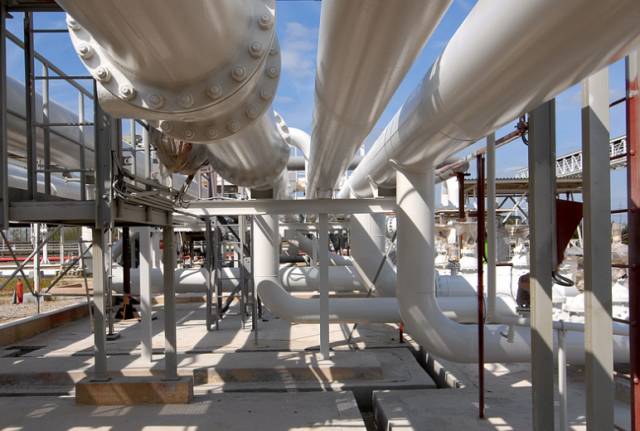
Chemical pipes and fittings valves
The types of chemical pipes are classified by material: metal pipes and non-metal pipes.
Metal tube
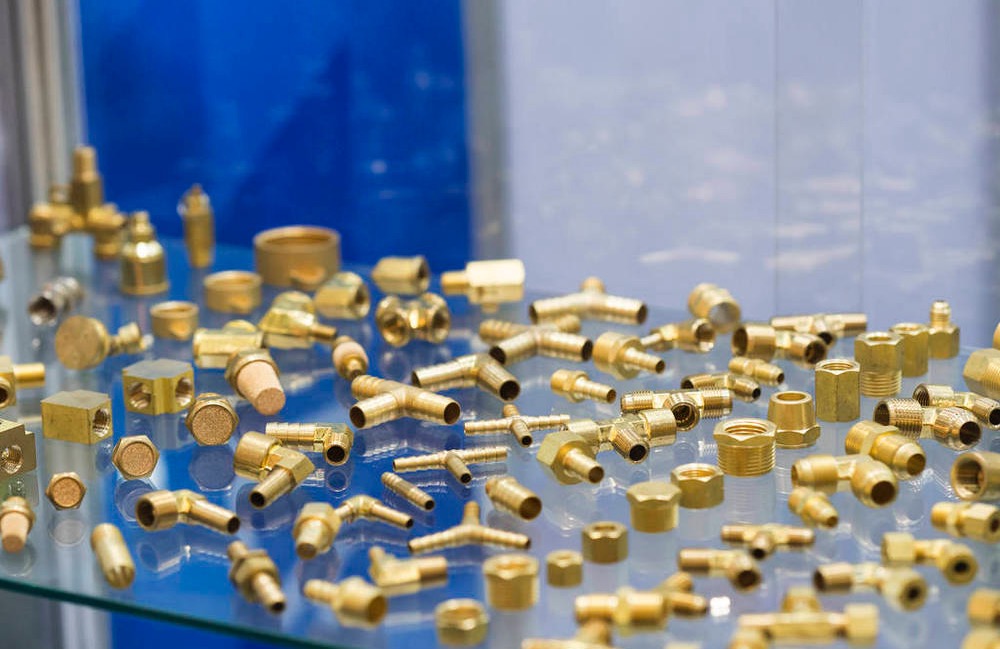
Cast iron pipes, seam steel pipes, seamless steel pipes, copper pipes, aluminum pipes, and lead pipes.
①Cast iron pipe:
Cast iron pipe is one of the commonly used pipes in chemical pipelines.
Due to its brittleness and poor connection tightness, it is only suitable for conveying low-pressure media, and not suitable for conveying high-temperature and high-pressure steam and toxic and explosive substances. Commonly used in underground water supply pipes, gas mains and sewer pipes. The specifications of cast iron pipes are expressed by Ф inner diameter × wall thickness (mm).
②Seamed steel pipe:
Seam steel pipes are divided into ordinary water gas pipes (pressure resistance 0.1~1.0MPa) and thickened pipes (pressure resistance 1.0~0.5MPa) according to their working pressure.
It is generally used to transport pressure fluids such as water, gas, heating steam, compressed air, and oil. Galvanized pipes are called galvanized iron pipes or galvanized pipes. The ones that are not galvanized are called black iron pipes. Its specifications are expressed in terms of nominal diameter. The minimum nominal diameter is 6mm and the maximum nominal diameter is 150mm.
③Seamless steel pipe:
The advantage of seamless steel pipe is its uniform quality and high strength.
The materials are carbon steel, high-quality steel, low-alloy steel, stainless steel, and heat-resistant steel. Due to different manufacturing methods, there are two types: hot-rolled seamless steel pipes and cold-drawn seamless steel pipes. In pipeline engineering, hot-rolled pipes are commonly used when the diameter exceeds 57mm, and cold-drawn pipes are commonly used when the diameter is below 57mm.
Seamless steel pipes are often used to transport all kinds of pressurized gases, vapors and liquids, and can withstand higher temperatures (about 435°C). Alloy steel pipes are used to transport corrosive media, among which heat-resistant alloy pipes can withstand temperatures up to 900-950℃. The specification of seamless steel pipe is expressed by Ф inner diameter × wall thickness (mm).
The maximum outer diameter of cold drawn pipe is 200mm, and the maximum outer diameter of hot rolled pipe is 630mm. Seamless steel pipes are divided into general seamless pipes and special seamless pipes according to their uses, such as petroleum cracking seamless pipes, boiler seamless pipes, and fertilizer seamless pipes.
④ Copper pipe:
The copper tube has a good heat transfer effect.
Mainly used in the pipelines of heat exchange equipment and cryogenic devices, instrument pressure measuring tubes or conveying pressured fluids, but when the temperature is higher than 250 ℃, it is not suitable to be used under pressure. Because the price is more expensive, it is generally used in important places.
⑤Aluminum tube:
Aluminum has good corrosion resistance.
Aluminum tubes are often used to transport media such as concentrated sulfuric acid, acetic acid, hydrogen sulfide and carbon dioxide, and are also commonly used in heat exchangers. Aluminum tubes are not alkali-resistant and cannot be used to transport alkaline solutions and solutions containing chloride ions.
As the mechanical strength of the aluminum tube decreases significantly with the increase of temperature, the use temperature of the aluminum tube cannot exceed 200°C, and the use temperature will be lower for the pressurized pipeline. Aluminum has better mechanical properties at low temperatures, so aluminum and aluminum alloy tubes are mostly used in air separation devices.
⑥ Lead pipe:
Lead pipes are often used as pipelines for transporting acidic media. They can transport 0.5%-15% sulfuric acid, carbon dioxide, 60% hydrofluoric acid, and acetic acid with a concentration of less than 80%. It is not suitable for transporting nitric acid, hypochlorous acid and other media. The maximum operating temperature of lead pipe is 200℃.
Non-metallic tube
Plastic pipe, plastic pipe, glass pipe, ceramic pipe, cement pipe.
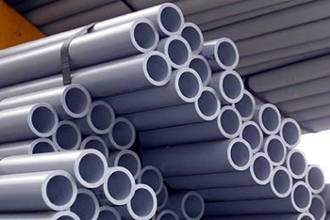
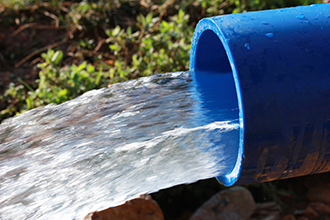
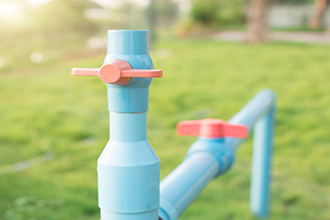
The advantages of plastic pipes are good corrosion resistance, light weight, convenient molding and easy processing.
The disadvantage is low strength and poor heat resistance.
At present, the most commonly used plastic pipes are hard polyvinyl chloride pipes, soft polyvinyl chloride pipes, polyethylene pipes, polypropylene pipes, and metal pipes with polyolefin and polychlorotrifluoroethylene sprayed on the surface.
②Rubber tube:
The rubber tube has good corrosion resistance, light weight, good plasticity, flexible and convenient installation and disassembly.
Commonly used rubber tubes are generally made of natural rubber or synthetic rubber, and are suitable for occasions where pressure requirements are not high.
③Glass tube:
The glass tube has the advantages of corrosion resistance, transparency, easy cleaning, low resistance, and low price. The disadvantage is that it is brittle and cannot withstand pressure.
It is often used in testing or experimental work situations.
④Ceramic tube:
Chemical ceramics are similar to glass and have good corrosion resistance. In addition to hydrofluoric acid, fluorosilicic acid and strong alkalis, they can withstand various concentrations of inorganic acids, organic acids and organic solvents.
Due to its low strength and brittleness, it is generally used to remove corrosive media in sewers and ventilation pipes.
⑤Cement pipe:
It is mainly used in occasions where the pressure requirements and the sealing of the connection pipe are not high, such as underground sewage and drainage pipes.
Post time: Apr-15-2021









